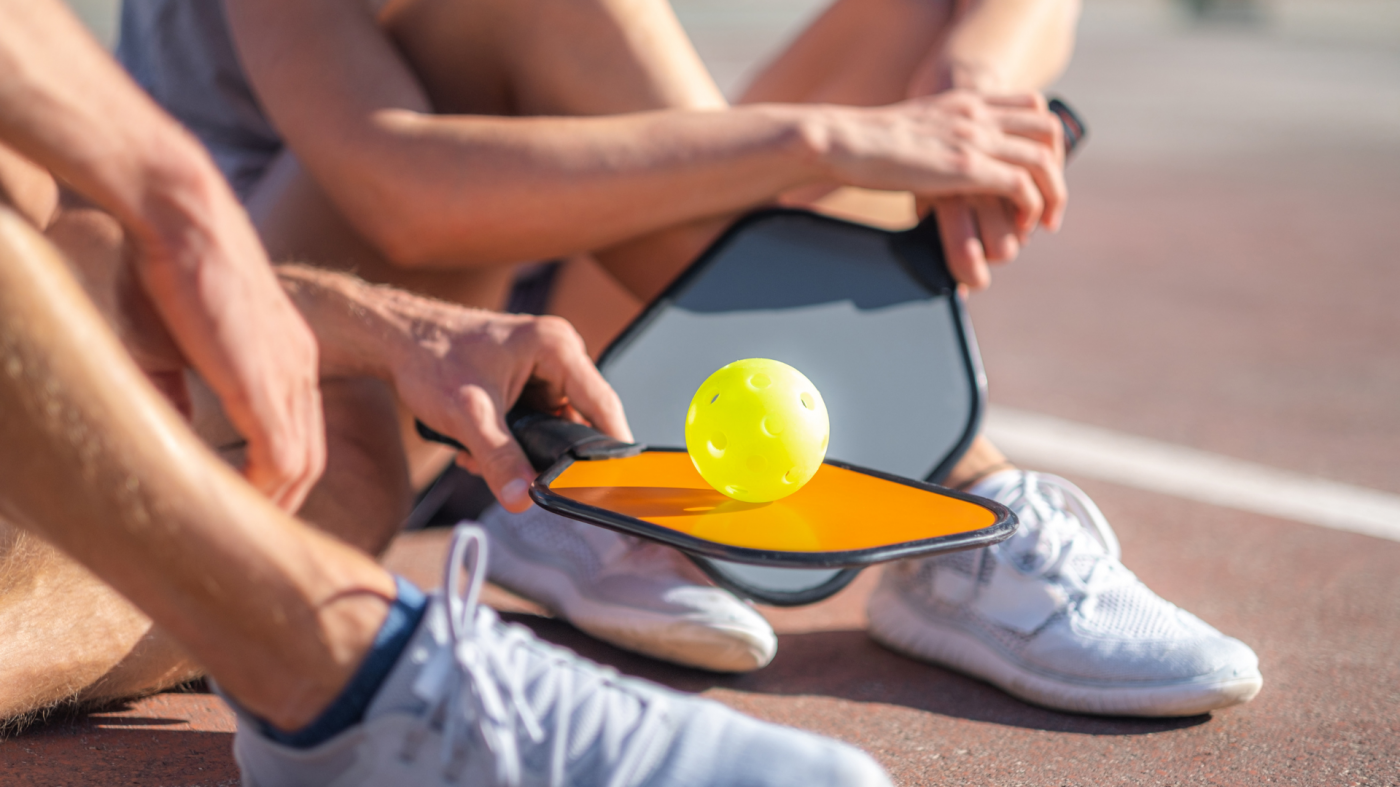In table tennis, the serve isn't just a simple starting shot; it's the first attack. A good serve can catch the opponent off guard, prevent them from attacking, or even score the point directly. Having a complete serve means mastering the rules, placement, and spins. Ready to turn your serve into a real weapon to dominate the game?
The Fundamentals: Rules and Preparation
Before thinking about spins, it's crucial to master the serving rules, which are often misunderstood.
The serve must be performed behind the end line. The ball must be thrown into the air to a minimum height of 16 cm, without spin, and struck only on its descent, behind the end line, while remaining visible to the receiver from the beginning to the end of the motion. A good racket grip, a stable position, and a fluid motion are the key to a precise serve.
Serving Strategy: Vary to Dominate
The effectiveness of a serve primarily relies on the ability to vary placements to destabilize the opponent.
Short serve: Make the ball bounce twice on the opponent's side of the table. This forces the opponent to move forward and prevents them from hitting a powerful shot. It's one of the most commonly used placements.
Long serve: Send the ball to the back of the table. This serve is more aggressive and aims to catch the opponent by surprise or force them to make an error.
Serve to the forehand or backhand: Target your opponent's weak spot. If they have a less solid backhand, serve to their backhand to force them to use it.
Serve to the middle: Aim for the median zone. This placement puts the opponent in a difficult position because they must quickly decide whether to use their forehand or backhand, thereby disrupting their concentration.
Mastering Spins: The Serves That Destabilize
Once you've mastered placement, add spins to make your serves unpredictable.
The backspin serve: The most common spin. By striking the ball from underneath, you make it spin backward, which causes it to move back on the opponent's table. This spin forces the opponent to lift the ball to return it.
The topspin serve: By rubbing the ball from the top, you make it spin forward. This spin accelerates the ball after the bounce and makes it more difficult to block.
The sidespin serve: By striking the side, you make the ball deviate horizontally after the bounce. It's a very deceptive spin that often surprises less experienced players.
The float serve (no spin): The most subtle spin. The ball is struck in a way that gives it no spin, which makes it unpredictable after the bounce.
Conclusion: Practice is the Key to Success
A complete serve is only achieved by combining placement and spins. The secret is to never serve twice in a row in the same way to keep your opponent under pressure. You should also not hesitate to practice masking your movement until the moment of contact so that the opponent cannot anticipate a specific return.




Comments